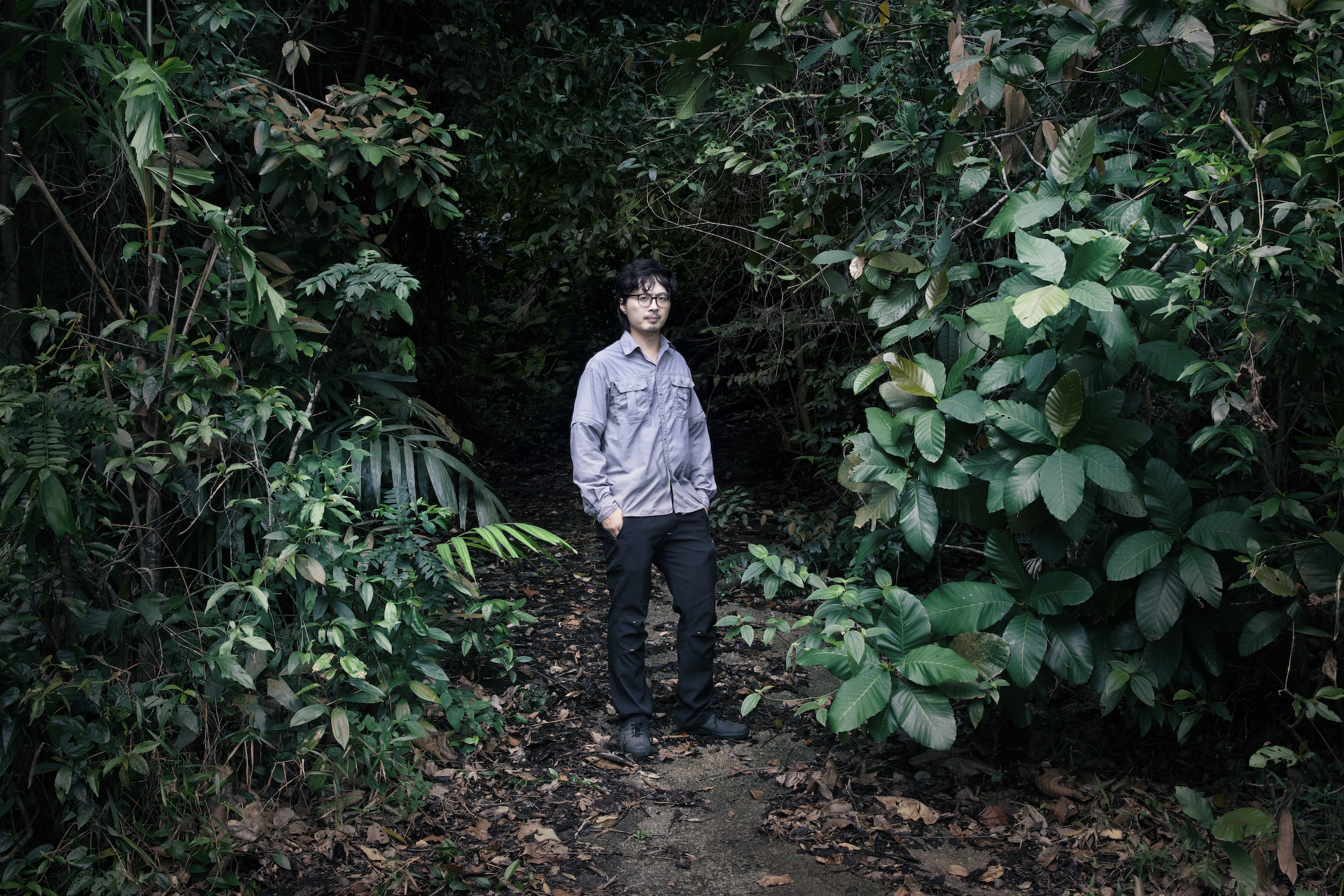Robert Zhao Renhui in the forest around Gillman Barracks, Singapore, 2023. Portrait and work images all courtesy the artist
Ahead of his show at the Venice Biennale, Renhui discusses anthropocentrism – and how his work addresses this thorny, colonially influenced issue
Getting to grips with Robert Zhao Renhui’s art can be tricky. His work shapeshifts, a series of ecological inquiries you can read, watch, hang on a wall, and sometimes step inside. His installations – a terrace house converted into an imagined natural history society, for example – can leave you wondering where the science ends and the art begins.
The Institute of Critical Zoologists, Zhao’s only-partially real moniker, publisher and research hub makes his projects all the more captivating and fluid, borrowing from academic ecology while remaining firmly within conceptual image-making. Once we have tapped into the ‘zoological gaze’ – the “cultural context, political climate and social values in which the observation of animals” takes place – it is difficult to go back to the old hierarchies, the Institute argues. Extending this to the plant world results in an artist essentially striving for ecological enlightenment.
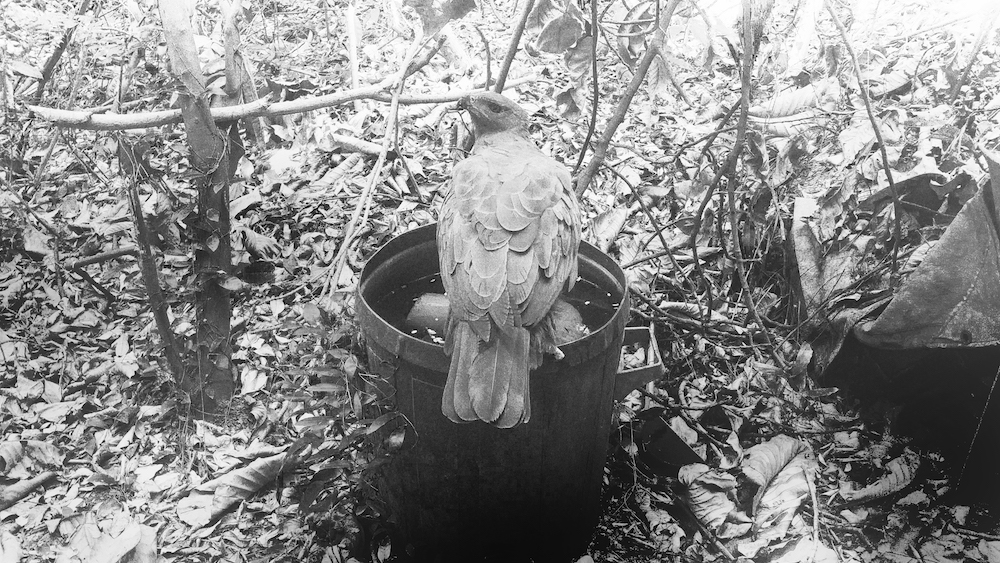
“There is a different life that’s going on which is interesting to me, even if not for ecologists”
This year Zhao will have a fixed space to work in, and a new degree of attention. He is representing Singapore at the 60th International Art Exhibition of La Biennale di Venezia from April, where he will show Seeing Forest in the Arsenale. The installation, images and video are the culmination of around five years of research into secondary forests – areas regrown from deforested land – particularly around the former Gillman Barracks on Singapore’s south coast. Zhao has been studying the region since the pandemic, applying his egalitarian approach to its complex colonial and natural histories.
Zhao has exhibited extensively in Singapore and worldwide, including at several Asian biennales. He is relaxed during our conversation, but showing at the Venice Biennale is undoubtedly the most significant moment of his career so far. It is an opportunity for a practice which is deeply engaged with national identity and migration to present Singapore to the world – and for a project on ecology and human intervention to reach the masses in a city which is itself sinking.
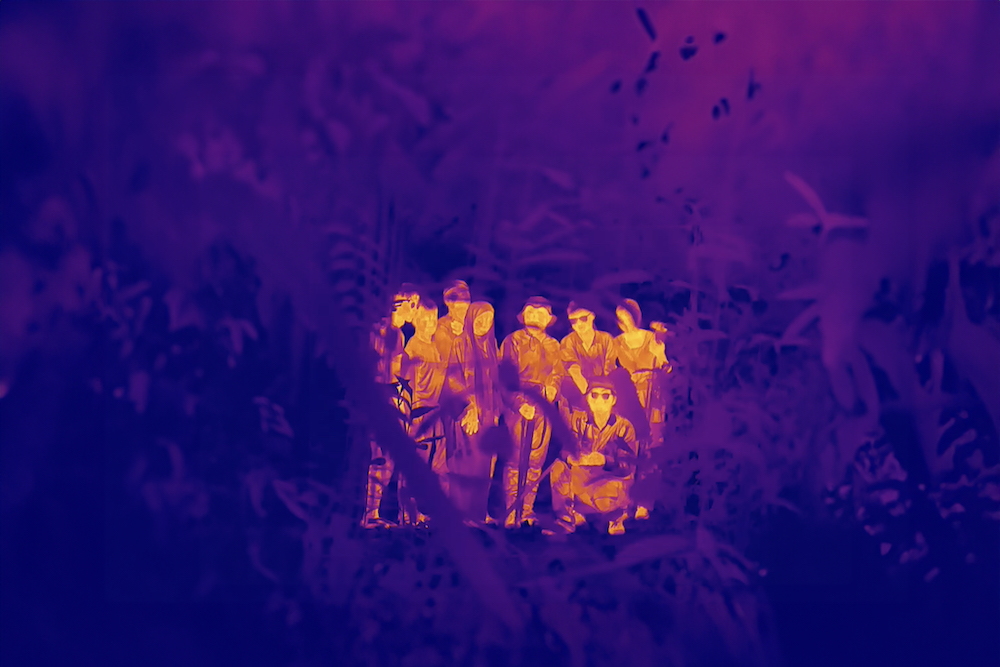
Secondary forests
After the colonisation of Singapore in 1824, the British began rapid deforestation to make way for rubber plantations and other agriculture. Today just 0.28 per cent of Singapore’s forested areas remain primary, confined to the Bukit Timah and Central Catchment Nature Reserves. These sites are “more pristine and untouched by man, whereas secondary forests sprung up from past human activity and are not seen as ecologically important,” Zhao says. He spends a lot of time with professional ecologists, and began to notice the ways they talk about secondary forests. They are often cast as inferior environments, not as worthy of scientific study because of their high concentration of imported or non-native species; “Qualitatively different, inferior, abnormal and unwanted,” Zhao relays. One ecologist friend told him offhand that he would probably only find wild cats and dogs around Gillman Barracks.
Zhao wanted to challenge this hierarchy. “The plant species may be poor, but they are historically connected to our past, and all sorts of animals use and thrive in this space,” he says. “There is a different life that’s going on which is interesting to me, even if not for ecologists.” Rubber, for example, was brought from London in 1877 when 22 seedlings were sent from Kew Gardens; 11 were sown in Singapore Botanic Gardens. Prior to this, planters had preferred pepper, sugar, coffee and tapioca, while earleaf acacia and river tamarind trees, which also now thrive in Singapore, also originated in South Asia and the Americas.
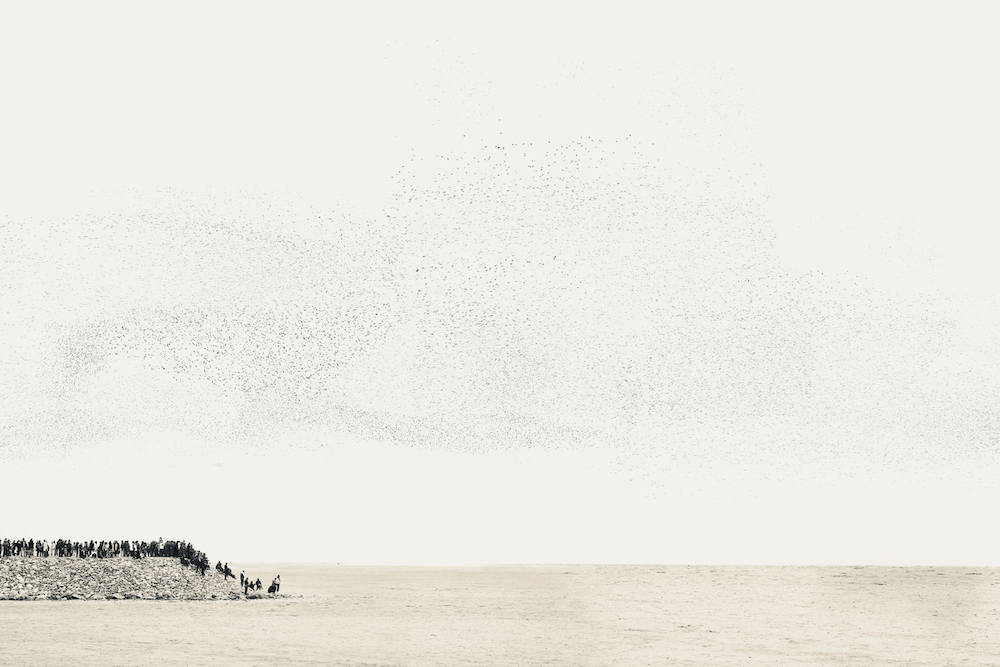
The research for Seeing Forest began in 2017 with a yearlong residency at NTU Centre for Contemporary Art Singapore, one of several arts institutions housed in the old barracks. The blocks were built in 1936 for British infantrymen and were one of the last outposts to fall to the Japanese in the Second World War. They were returned to the Singapore Armed Forces in 1971, and were converted into an arts hub in 2012 after a period of commercial use.
During the pandemic, Zhao began to observe the surrounding forest more closely, setting up cameras and returning twice a month after his residency. Mundane activities caught his attention. He located a rubbish bin being used by someone living in a tent, and his cameras revealed that birds and animals were using it to play, wash and hunt. The basis of Seeing Forest is the insistence that these ecological phenomena are worthy first of documentation, then aesthetic treatment. The camera gives access to an unseen world, transforming our appreciation for overlooked and non-human activities. The bin is an “important landmark in the mind-scape of the animals,” Zhao says, adding that “secondary forests are always full of our trash: dirt, glass bottles from the 1930s and 40s. Everything is buried and then emerges.”
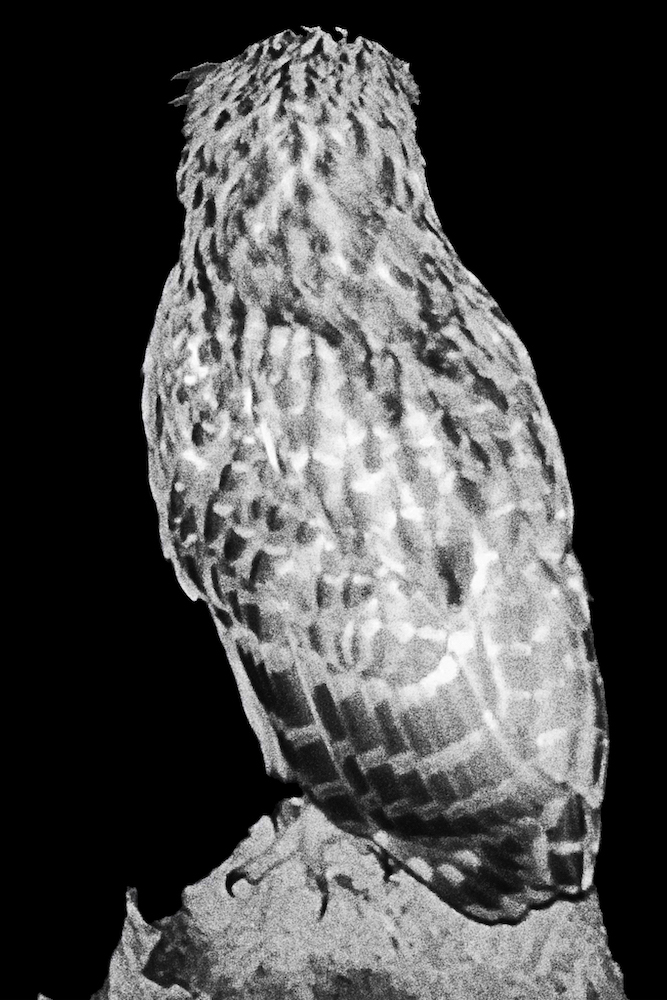
This interest in uncovering the past extends to the landscape itself. Zhao’s 2022 video-and-sound installation Trying to Remember a River used motion-sensor cameras to reveal the lizards, herons and other species who visit a concrete drain in the Gillman Barracks where, 100 years ago, a full river flowed. He used a similar time-lapse technique in Evidence of Things Not Seen II (2020), filming a Paulownia tree in Busan which had grown from the rubble rather than being planted by the South Korean government. The filming lasted a year, allowing background details to become patterns – narratives of use and flourishing. “A single sparrow comes often in the afternoon to feed on the insects. It comes without fail, almost at 2pm every alternate day,” Zhao reported.
Seeing Forest also features two actors, giving Zhao a chance to “inject a more human narrative”. Much of his planning for the Venice Biennale installation has been devoted to deciding which footage to use, which of nature’s processes to speculate on and fold into his art. There are many stories that cannot be known, he explains, even if we have the tools to observe nocturnal or microscopic animal behaviour. He mentions birds that migrate from the Korean peninsula and stop by the barracks each year, making the site “home in a larger geographical region”. The challenge is to translate these journeys to film, to capture the ebbs and flows of the place.
“The more I step into the forest and understand the lives of animals, the more I realise how ill-equipped we are to understand what’s happening in nature,” he reflects. Zhao’s constant observation (even surveillance) of the natural world narrows this gap; the more visual information we have, his work proposes, the more astute our value judgments.
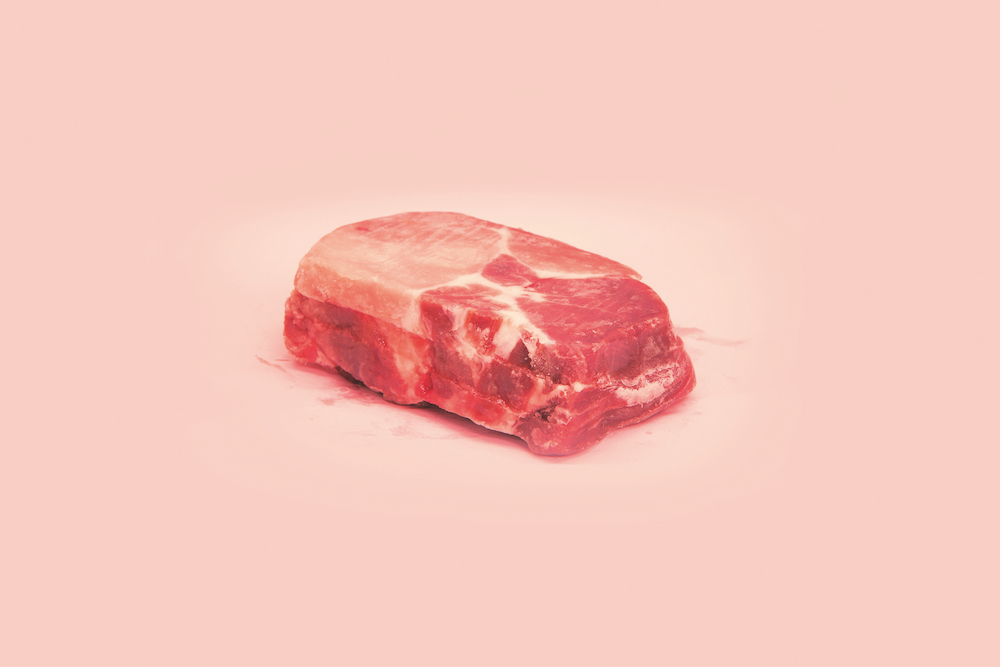
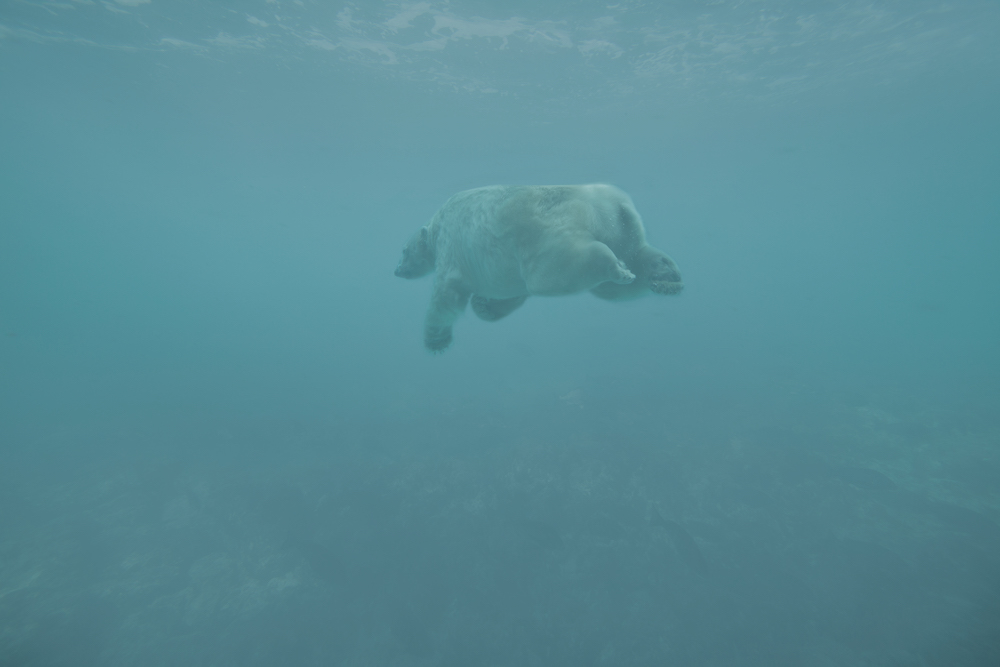
“We behave as if nature is a resource and not reactive. I’m interested in the moment when they suddenly show that they have a life, that they can grow and bloom”
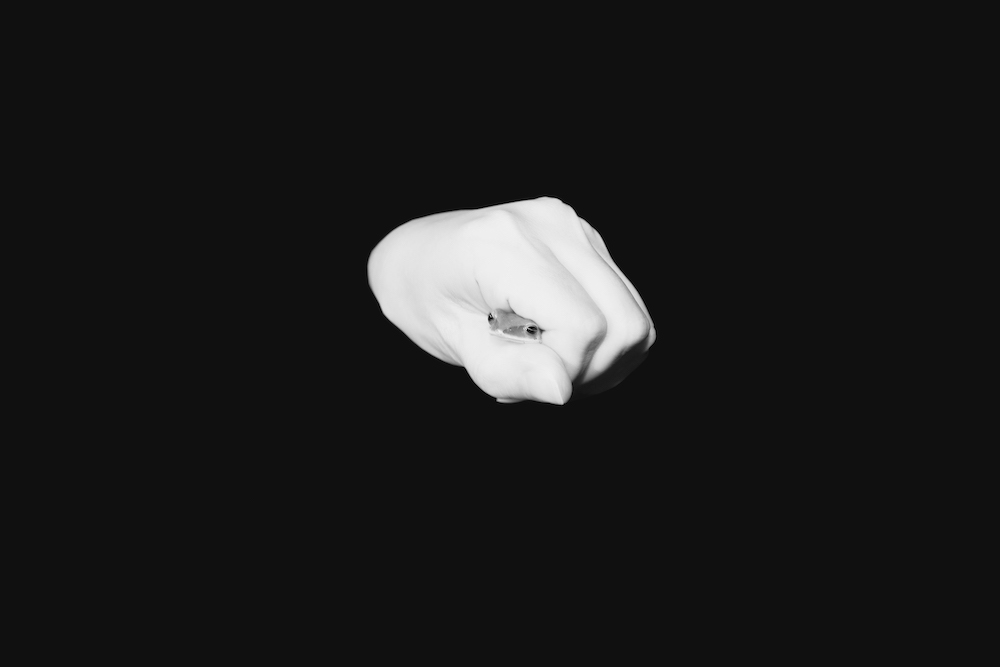
International evolution
Zhao was born in Singapore and moved to London in 2006 to study photography at Camberwell College of Arts. There he was encouraged to create a speculative identity for his work in the Institute of Critical Zoologists, its mission “to develop a critical approach to the zoological gaze, or how humans view animals”. He was also interested in taxidermy, and received a grant from Chelsea Arts Club to visit zoos around Spain. From early in his career he has consulted his friend Ding Li Yong, a Singaporean conservation biologist who worked on Arctic flora and fauna and now works for BirdLife International. Their conversations made Zhao think deeply about the relationship between evidence and aesthetics, he says, “to see if I was able to come in with a different angle or perspective to look at the story of nature through art instead of science”.
His first UK solo exhibition followed in 2012 at Chapter Arts Centre, Wales, in which Zhao combined photographs of the Arctic Circle and blind long-tailed owls with research into Japanese whale sightings, plus images from a fictional convention for growing Phylliidae, a leaf insect. Zhao’s exhibitions blur the line between nature documentary and imagined scenarios. While audiences can refer to the sprawling Institute of Critical Zoologists website for context, the indexes are slippery as Zhao toys with the legitimacy of archives. A tab on the website suggests that “the museum at the Institute of Critical Zoologists consists of several collections” that are “available for public viewing on request”. Contact the Institute to find out more, it says cryptically.
Human intervention in nature is not just about looking backwards; for Zhao, the thread which begins with British trade routes runs right through to contemporary genetic modification. If, as Zhao says of secondary forests, “having our hand in it doesn’t make it less valuable,” then does the same apply to species alteration? A Guide to the Flora and Fauna of the World (2013) offers a clue. Zhao gathered information on modified animals, from goldfish to fake beef, white crows to unbreakable chicken eggs; some adapted to human disturbances while others have been scientifically manipulated. Zhao’s photographs isolate them on coloured backgrounds or tablecloths, resembling advertising shots for a multispecies army. Deer, crows and glow-in-the-dark fish are enveloped by an inky darkness, while Moondust (Journeys to the Moon) is a collection of ash collected from street lamps – the remains of incinerated insects drawn to the light.
“I like to think that life is always full of randomness,” Zhao tells me. Flora and Fauna made him realise how much humans add to (and alter) the system of natural evolution, whether they realise it or not. But the project is more concerned with the eccentricities of this relationship than ethics. “We seem to think that we are the top of the hierarchy and that everything else is inert,” he reflects. “We behave as if nature is a resource and not reactive. I’m interested in the moment when they suddenly show that they have a life, that they can grow and bloom.”
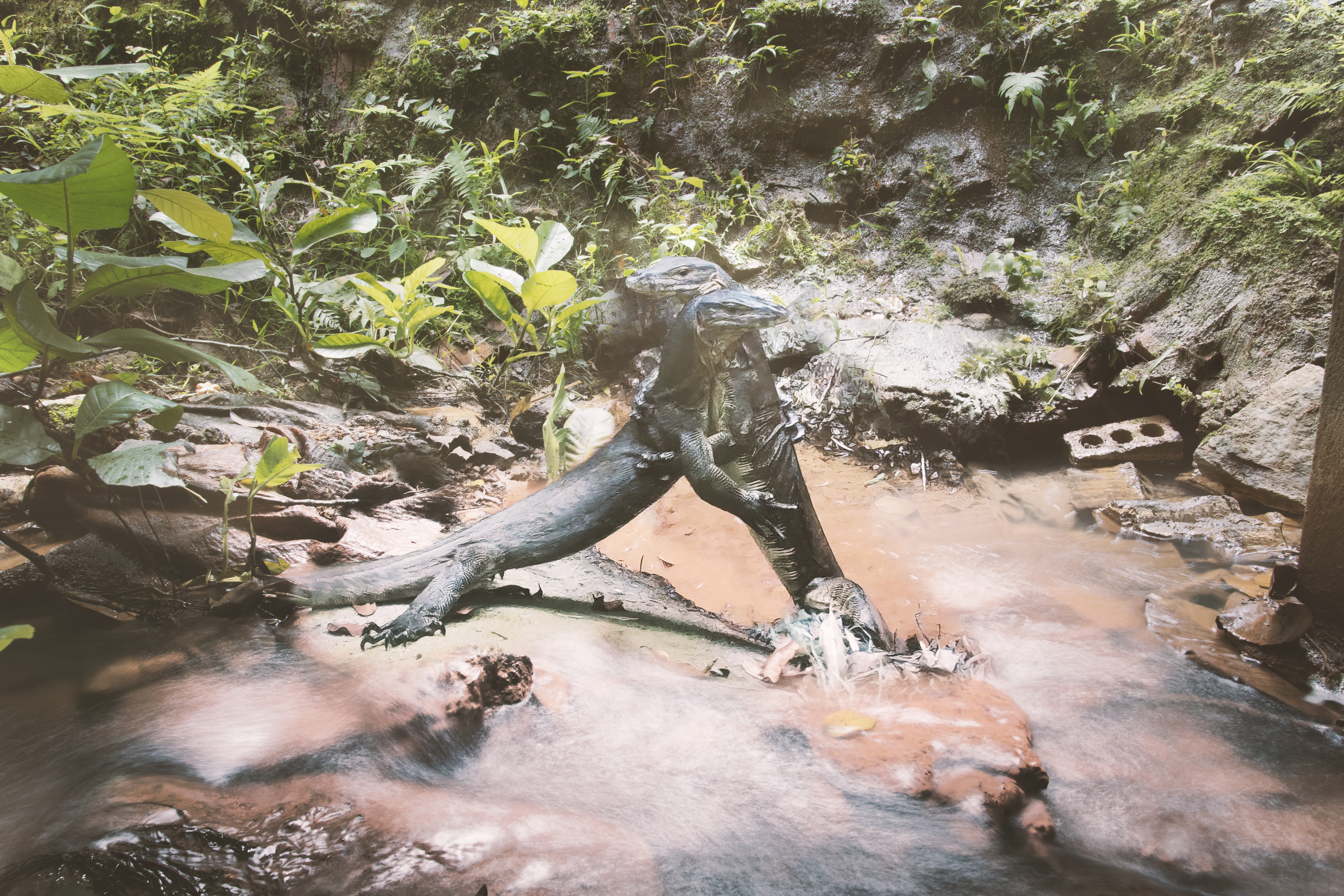
Zhao’s visits to Christmas Island in 2015 connected this hierarchy to colonial patterns, a theme which underpins Seeing Forest. The island in the Indian Ocean was controlled by British phosphate industrialists and the UK Colonial Office from the late-19th century, before being governed by the Crown Colony of Singapore. In 1958 it was transferred to Australia. “I went there to see if I could find an old Singapore which has never moved on,” Zhao explains. It was here that “the idea of animals not belonging in a space because they’ve been introduced by humans” struck him. Ecologists were trying to remove all nonnative species “so the island can somehow return to its original state – so that ‘natural order’ can be preserved”. Scientists argued that new species were wreaking havoc with the island’s ecology but Zhao’s work asks: why should this postcolonial hierarchy be obeyed at the expense of new biodiversity?
Sometimes this desire for species engineering is embedded in a national psyche. Zhao’s work for the Taipei Biennial 2018 focused on how similar cleansing is incentivised in Taiwan. He discovered reward schemes to remove certain lizards, birds and spot-legged tree frogs, which volunteers were collecting and feeding to animals at Taipei Zoo. Zhao accompanied them for a night and was struck by their conviction. “These are people who love animals, they just really believe that the removal of the alien species will make the native species thrive,” he says. Above all else, Seeing Forest is about undoing this logic and asking us to consider whether human activity might be the most significant ‘foreign’ intervention of all.
There is a long way to go before Zhao’s ideas displace the ecological consensus. Each country has its own circumstances shaped by its history, climate, population and ethical character. In this sense, his projects have a distinct site-specificity; each investigation can only ever happen in one place. Showing Seeing Forest in Venice is doubly unique for this reason. “In a way, we celebrate our colonial encounter in Singapore,” he reflects, pointing out that the British-founded botanical gardens is a Unesco heritage site (as is Venice and its lagoon). Singapore is now known for its tree-lined streets and lush parks, but they can also be interpreted as plantations in another form.
“We’re still treating nature like a resource, something inert,” Zhao says. Seeing Forest is a chance to think differently, to question the hierarchy of species using his abundance of visual information. “There are so many ways to enter a story about animals or nature, but sometimes we’re unsure how to begin, because we are so apart from nature,” he says. “Science helps us to bridge that distance, but it also creates it.”
Robert Zhao Renhui: Seeing Forest, organised by Singapore Art Museum, is at the Pavilion of Singapore at the 60th International Art Exhibition of La Biennale di Venezia from 20 April to 24 November 2024

